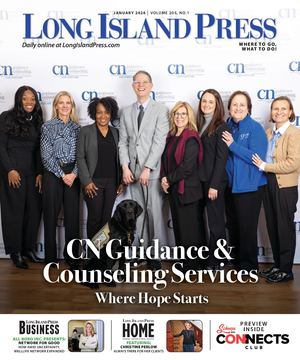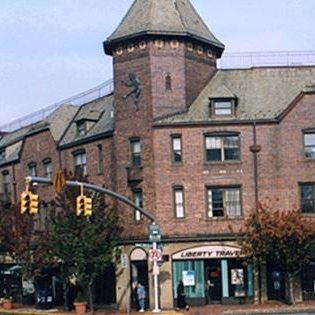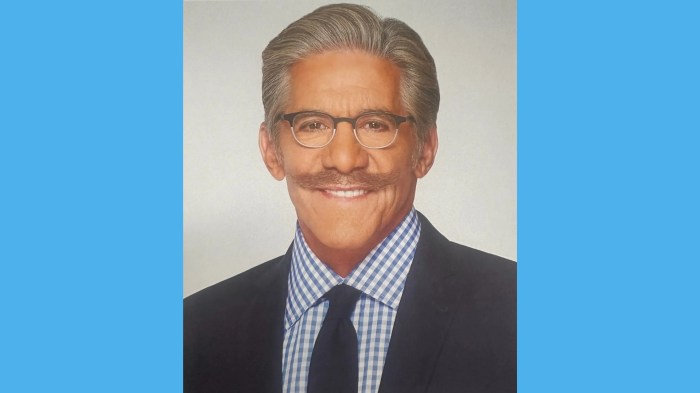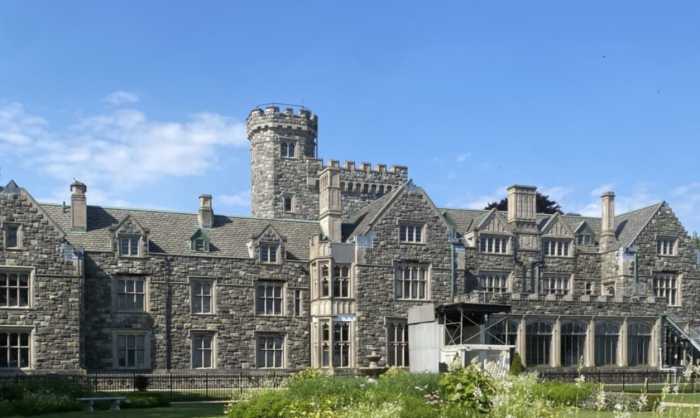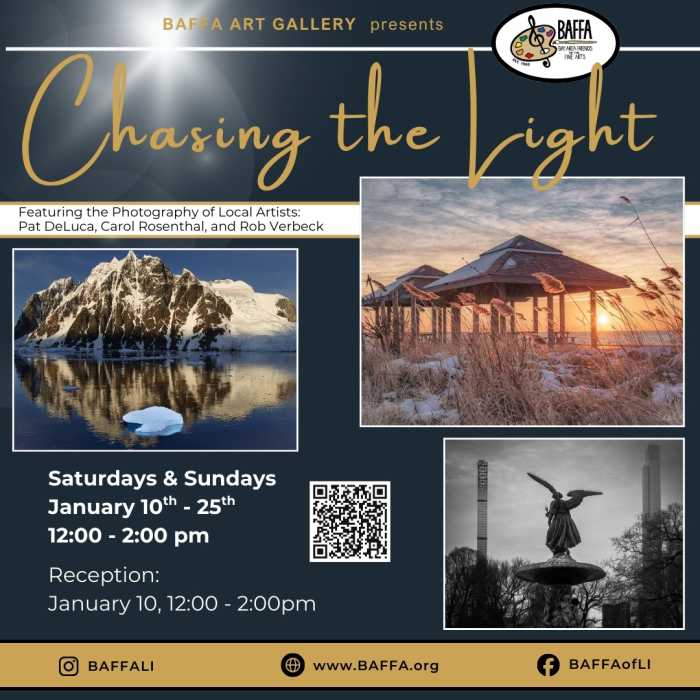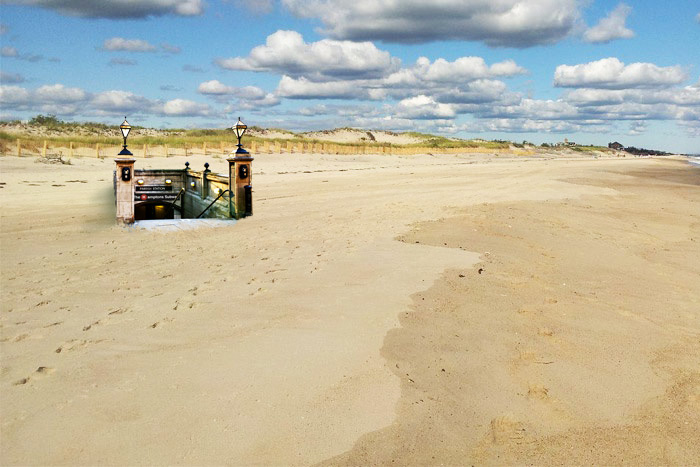More than 700 Americans are suffering right now at the hands of a deadly movement: the anti-vaccination movement.
The scientists who declared measles eradicated in the United States in 2000 would have never imagined that nearly 20 years later, we’re suffering from the worst measles outbreak in decades. In a time where scientific discovery and technological advancements are supposed to help us cure more diseases, it makes no sense we’d be going backwards in progress with a disease who’s vaccine has existed for 48 years. Measles is dangerous, it can lead to encephalitis (swelling of the brain), blindness, pneumonia, and occasionally death, so how did we get to this point? More and more Americans are opting against vaccines for their children due to the easy allowance of nonmedical exemptions.
Measles is one of the most contagious infectious diseases there is. Up to 90 percent of people who are exposed to the measles virus can become infected, if they are not immunized. The measles vaccine was created in tandem with mumps and rubella in 1971, known as the MMR vaccine. One dose, which according to the U.S. Centers for Disease Control is recommended between 12 and 15 months of age, is 93 percent effective. Having a second dose between four and six years of age moves it up to 97 percent effectiveness. Of course, every medicine comes with unintended side effects, and vaccines are no exception. Side effects of the MMR vaccine are very minor, and include rashes, headaches, fevers, nausea, or dizziness.
According to the New York State Department of Health, there are 243 confirmed cases of measles in New York outside of New York City, and 423 cases in Brooklyn and Queens. Rockland County has 202 confirmed cases and there have been a few in Long Island. In New York, children are required to have all CDC recommended vaccines to attend public school. However, nonmedical exemptions allowed this virus the leeway it needed to spread.
The legal basis for non-medical exemptions has typically been on the grounds of religious or philosophical reasons. In New York, only exemptions on the basis of religious beliefs are allowed. This can be exemplified in Brooklyn, where measles has spread in the Orthodox Jewish community. The reason this is a problem is because it lowers vaccination rates in some counties to below a 96 percent threshold. Herd immunity threshold, the percent of people vaccinated for the whole population to be protected, is at 96 percent due to the contagiousness of measles.
New York City Mayor Bill de Blasio and the health commissioner of New York City mandated on April 9 that every adult and child who lived or worked in the four Brooklyn and Queens zip codes to get the MMR vaccine. This is an important step, but one that was made too late. There are already 423 confirmed cases, how long before measles spreads all over Long Island?
California passed a law in 2015 removing personal belief exemptions to vaccine requirements, and to this day it has survived court challenges on religious grounds. Although the measles outbreak has spread to the state, their vaccination rates are keeping case counts significantly lower than in New York.
New York state must adopt the same law removing nonmedical exemptions. This is not a Democrats versus Republicans issue, or a right to religious freedom issue, but a matter of public safety. If our government had taken action regarding vaccines sooner instead of in the midst of an outbreak, we would not be suffering from this public health crisis.
Stephanie Gajdjis is a student at Georgetown University’s School of Nursing & Health Studies, Department of Health Systems Administration.
